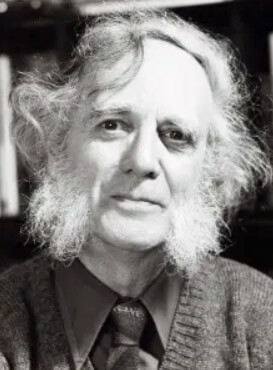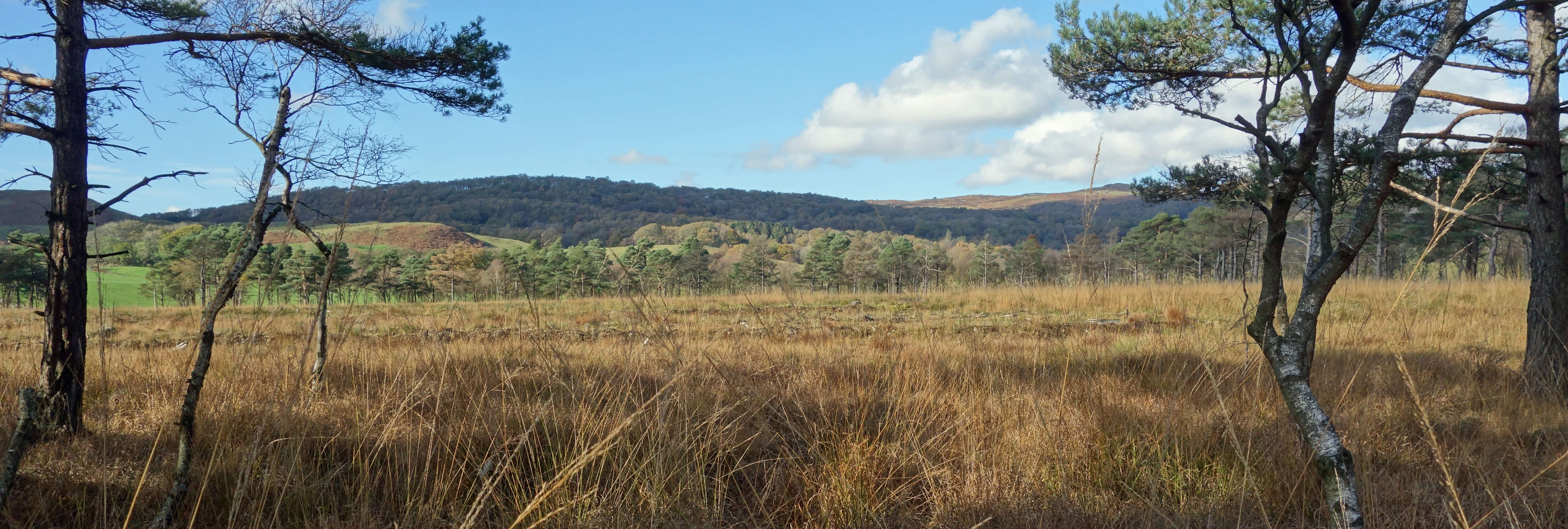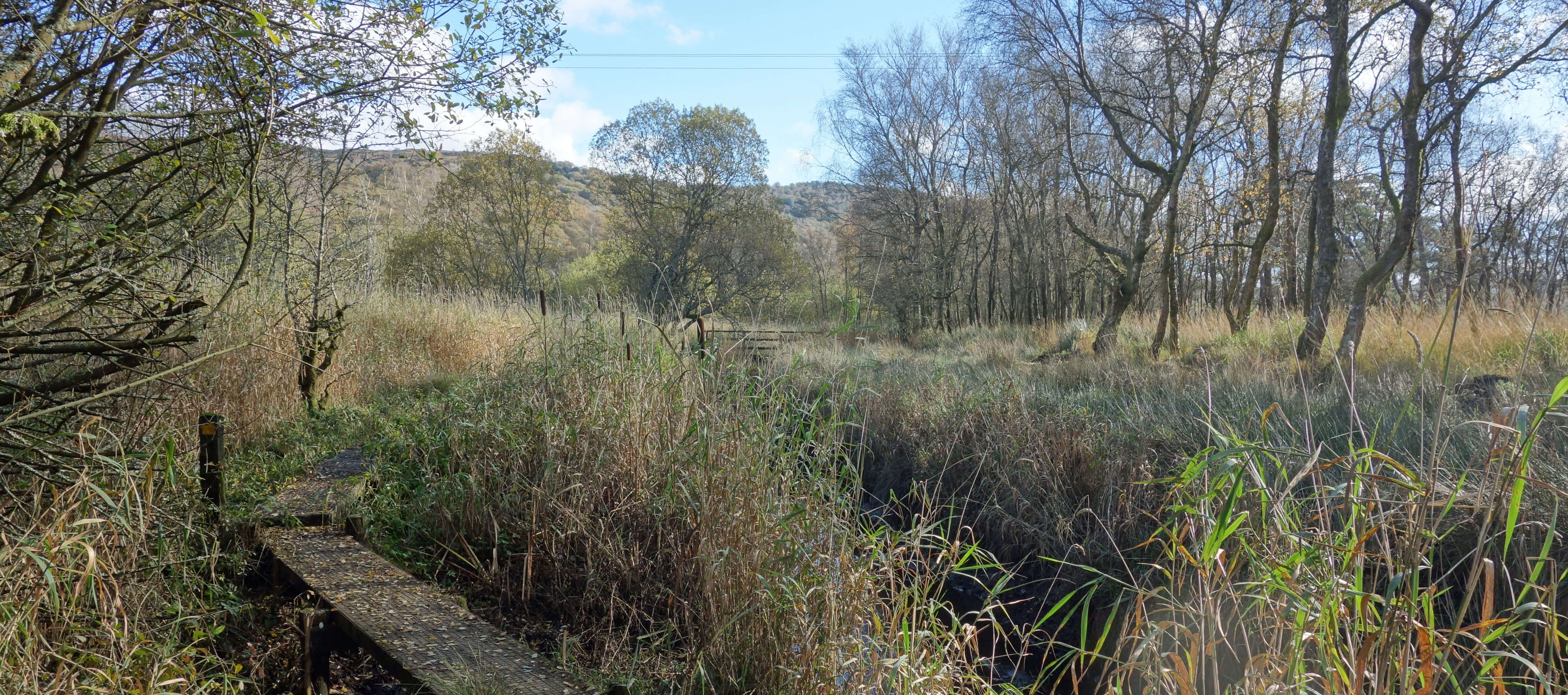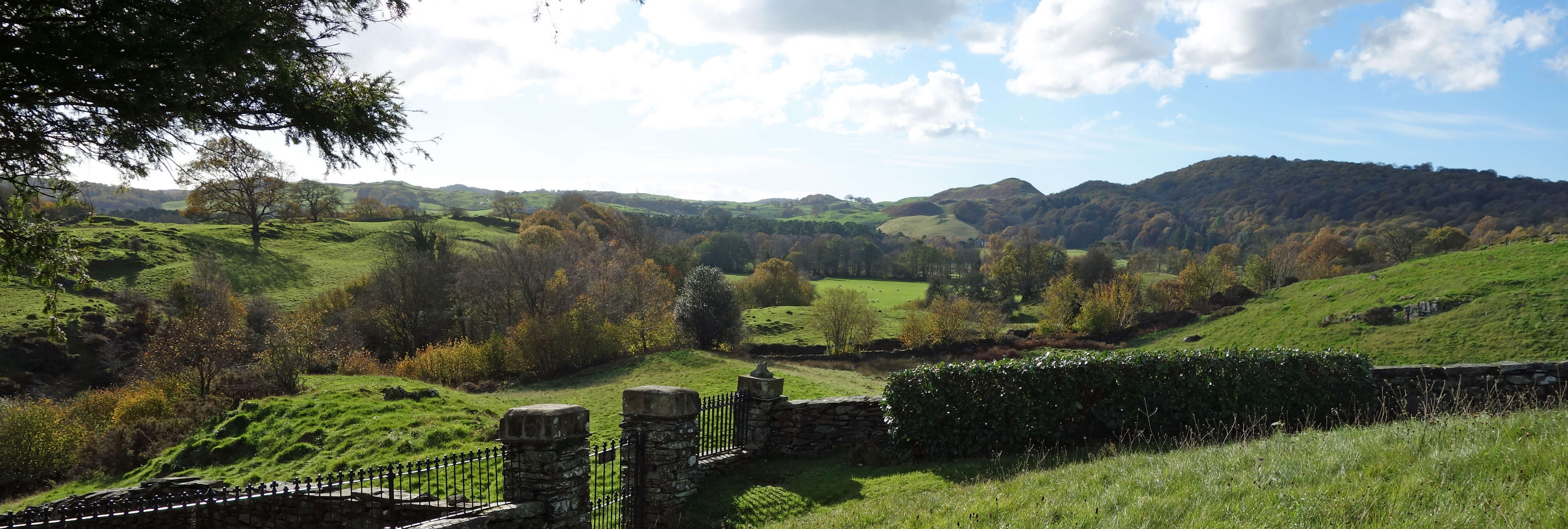
Home
Preamble
Index
Areas
Map
References
Me
Drakkar
Saunterings: Walking in North-West England
Saunterings is a set of reflections based upon walks around the counties of Cumbria, Lancashire and
North Yorkshire in North-West England
(as defined in the Preamble).
Here is a list of all Saunterings so far.
If you'd like to give a comment, correction or update (all are very welcome) or to
be notified by email when a new item is posted - please send an email to johnselfdrakkar@gmail.com.
32. Russet Rusland Valley
 Norman Nicholson (1914-1987), Lakeland poet and author,
was adamant that there is more to the Lake District than high peaks and large lakes, and for two good reasons.
First, he emphasised the contribution that 'fringe' regions made to the culture and heritage of the Lake District.
He lived all his life in Millom, in the south-west corner of Cumbria, and he naturally wanted to ensure that Millom and its residents were not overlooked in any account of the Lake District. I am not competent to judge Nicholson’s poetry but I like his comment when referring to a Keswick dining-room’s stained glass windows depicting the Lake Poets (Wordsworth, Coleridge, Southey and so on) that “it seems a pity they could not have left one window blank in case another local poet turned up” (Nicholson, 1969, p28).
Norman Nicholson (1914-1987), Lakeland poet and author,
was adamant that there is more to the Lake District than high peaks and large lakes, and for two good reasons.
First, he emphasised the contribution that 'fringe' regions made to the culture and heritage of the Lake District.
He lived all his life in Millom, in the south-west corner of Cumbria, and he naturally wanted to ensure that Millom and its residents were not overlooked in any account of the Lake District. I am not competent to judge Nicholson’s poetry but I like his comment when referring to a Keswick dining-room’s stained glass windows depicting the Lake Poets (Wordsworth, Coleridge, Southey and so on) that “it seems a pity they could not have left one window blank in case another local poet turned up” (Nicholson, 1969, p28).
Secondly, he was correct. Take, for example, the Rusland Valley, which lies between the southern ends of Windermere and Coniston Water and is thus hardly a fringe region, lying as it does within the Lake District National Park. It has no high peaks surrounding it. It has no large lakes – in fact, it has no lakes at all. The brochures do not encourage any visitor to travel to the Rusland Valley. And yet “it is a dale which has retained much of the look and tone of what southern Lakeland must have been before the tourists discovered it” (Nicholson, 1969).
However, Nicholson was writing fifty years ago. I went to see if the same might be said today.
I went first to Pool Foot, where Rusland Pool joins the River Leven before entering Morecambe Bay.
Rusland Pool is not a pool but it is hardly a river either. It barely moves, completely lacking the
sprightliness of typical Lakeland becks. I walked to Bouth, which is the valley’s largest gathering of
houses, about thirty of them. In the past, people lived scattered about the valley, making a living from
the pastures and the forests, through farming, coppicing, charcoal-burning, and so on. Some of the houses
have names that self-consciously echo that heritage, such as The Cooperage and Creel Cottage. I saw a notice
advertising the work of
Rusland Horizons,
a “community-led Landscape Partnership Scheme” that aims to revive traditional woodland skills in the region. Although I saw only two workmen on this walk (collecting logs in Crooks Pastures), there was much evidence of on-going work in the woods and the footpath trails were exemplary. I gained the impression that the locals were proud of their hidden valley. I don’t know what exactly they do to earn a living. There’s a pub, a caravan park, a farm with a café, and of course plenty of sheep and cows, but I noticed nothing else that would bring any income. No doubt many of the few houses are now holiday homes.
I continued north on the road to the
Hay Bridge Nature Reserve.
As the road is a cul-de-sac there is very little traffic. I was passed by one car – or rather, I
passed it: it was more or less stationary. It was a very pleasant walk, through fields and woods, with views of surrounding woodland resplendent in their late autumn colours. The enclosing hills are low but high enough to screen all views of the high peaks. I passed a pond and then a larger one, but it was still not large enough for a name, although the hide nearby is named Harold’s Hide (I assume those to whom it matters know which Harold that is).

The unnamed pond near Hay Bridge Nature Reserve
And then on to Hulleter Moss and Rusland Moss, a National Nature Reserve. These complete the impression that we are a world away from conventional Lakeland. There could hardly be a greater contrast than that between Scafell Pike and these mosses. The mosses are lowland raised mires, a habitat rare in Cumbria. The ‘raised’ means that the middle of the mire tends to accumulate more decaying vegetation and hence, over centuries, becomes slightly higher than the fringes. To the untrained eye the mosses are flat. They present an extensive vista of high, light-brown grasses and reeds, whispering gently in the breeze, with birch and pine growing on drier patches. It would be impossible to cross the mires safely without the boardwalks provided. According to an 1850 map online, spring tides reached inland as far as Rusland Moss, and I don’t see any reason why they shouldn’t do so today. The OS today marks the normal tidal limit at Crooks Bridge, some two miles south of Rusland Moss, but I saw no barrier to further in-flow. Whether this affects the special nature of the moss habitat I cannot say.

Rusland Moss (above and below)

I walked past Rusland Hall and noticed that a house called The Syke (which was for sale) had a flock of
Ouessant sheep,
which I had never heard of. Perhaps you would inherit the Ouessants if you buy The Syke. On to Rusland
Church, perched on a knoll. It is big enough to welcome all within walking distance and their cattle too.
In the graveyard, by a huge, old yew, is the modest grave of Arthur Ransome (1884-1967), who wrote Swallows
and Amazons. He lived the last years of his life at Hill Top – no, not Beatrix Potter’s Hill Top, but the Hill Top a few miles south in the Rusland Valley. Neither Hill Top is atop a hill.

South from Rusland Church
The map boldly marks ‘Rusland’ hereabouts but does not seem to refer to anything particular. The signpost at Rusland Church points back south to ‘Rusland’, so I took the church to be the northern end of the Rusland Valley. I walked back through the woodland on the eastern side. If you want a woodland walk then you could hardly do better than this. There were a few yews, as you might hope, in Yewbarrow Wood (a Special Area of Conservation) but the star trees were the tall beeches, aglow in the lowering sun, although perhaps just past their best.
I saw no squirrels or deer. Surely, there would have been more wildlife here when Nicholson was a boy.
Commendable efforts are being made to protect the valley’s special habitats, the mosses and the woodland, and
to revive old traditions – but the fact that a ‘Landscape Partnership scheme’ needs to revive them tells us
that the valley is, inevitably, not as it was. However, Nicholson has a point: the Rusland Valley is a worthy
part of the Lake District. It provides contrast, not competition, to the majestic central regions. Actually,
I did see one deer. It was tame, in the garden of Old Hall Farm.
Date: October 29th 2018
Start: SD345841, Haverthwaite, on lane by Anglers Arms (Map: OL7)
Route: W, SW, W – Pool Foot – N – The Causeway Bridge – NW –
Bouth – N – Burn Knott, Low Hay Bridge – N across Hulleter Moss, Rusland Moss – Rusland Pool Bridge – N –
Rusland Church – S –
Rusland Cross – E – Hall Brow Wood – S – Yew Barrow Dale – SW through Border Moss Wood – Crooks Bridge, The Causeway Bridge – E
– Causeway End – S, E – Haverthwaite
Distance: 10 miles; Ascent: 110 metres
Home
Preamble
Index
Areas
Map
References
Me
Drakkar
© John Self, Drakkar Press, 2018-

Top photo: The western Howgills from Dillicar;
Bottom photo: Blencathra from Great Mell Fell


 Norman Nicholson (1914-1987), Lakeland poet and author,
was adamant that there is more to the Lake District than high peaks and large lakes, and for two good reasons.
First, he emphasised the contribution that 'fringe' regions made to the culture and heritage of the Lake District.
He lived all his life in Millom, in the south-west corner of Cumbria, and he naturally wanted to ensure that Millom and its residents were not overlooked in any account of the Lake District. I am not competent to judge Nicholson’s poetry but I like his comment when referring to a Keswick dining-room’s stained glass windows depicting the Lake Poets (Wordsworth, Coleridge, Southey and so on) that “it seems a pity they could not have left one window blank in case another local poet turned up” (Nicholson, 1969, p28).
Norman Nicholson (1914-1987), Lakeland poet and author,
was adamant that there is more to the Lake District than high peaks and large lakes, and for two good reasons.
First, he emphasised the contribution that 'fringe' regions made to the culture and heritage of the Lake District.
He lived all his life in Millom, in the south-west corner of Cumbria, and he naturally wanted to ensure that Millom and its residents were not overlooked in any account of the Lake District. I am not competent to judge Nicholson’s poetry but I like his comment when referring to a Keswick dining-room’s stained glass windows depicting the Lake Poets (Wordsworth, Coleridge, Southey and so on) that “it seems a pity they could not have left one window blank in case another local poet turned up” (Nicholson, 1969, p28).




